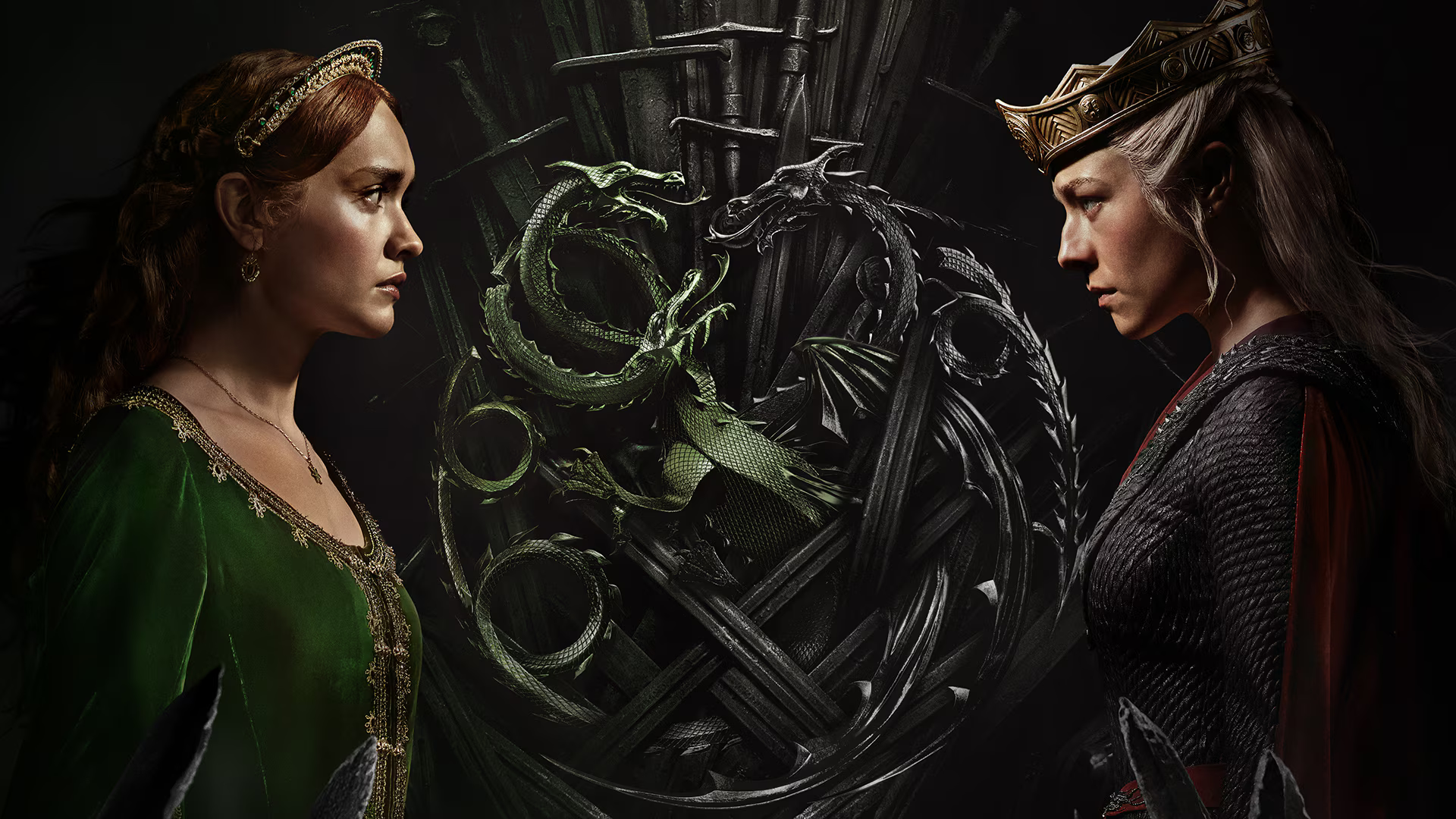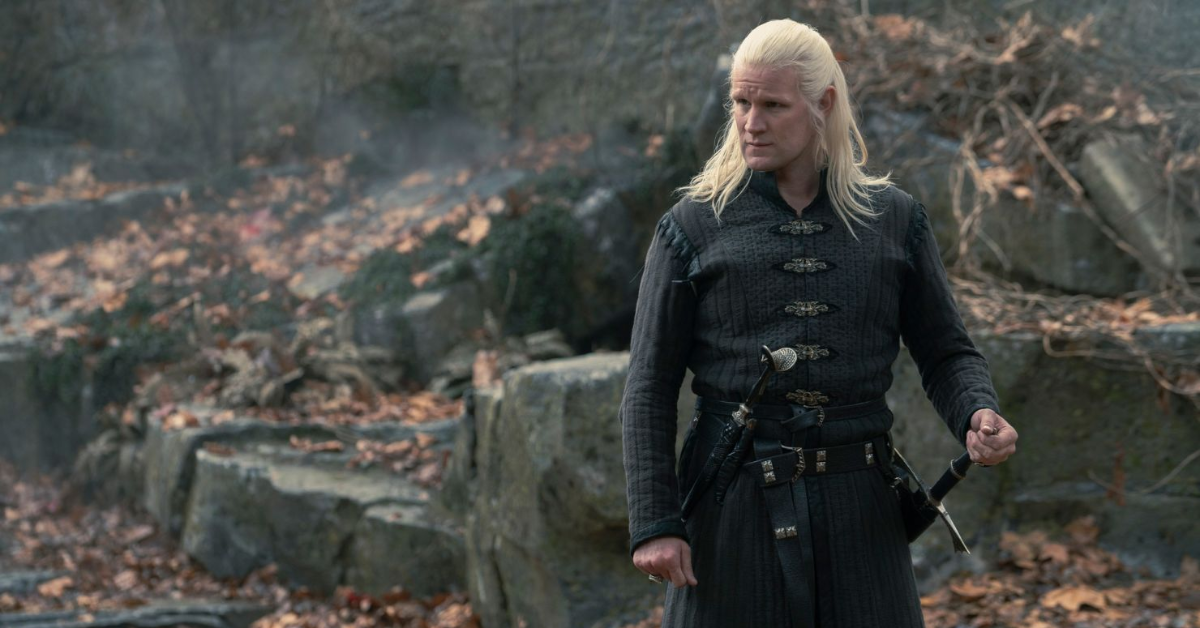
While the folks over at the GTGC embark on a month-long anime endeavor, let us simultaneously venture backward through time and space to a classic little slice of Japanese horror pie in the form of Takashi Shimizu’s Ju-On: The Grudge. You might recognize it as the theatrical gunshot that spawned multiple sequels, remakes and spin-offs both in its native Japan and here in the U.S. of A. Its non-linear plot segments follow a series of (mostly female) protagonists who visit or live in a house with a violent past and a bad reputation for creating missing persons. Try as they might to escape, one by one the house claims everyone who sets foot through its cursed doors as a victim… including several people who’ve never so much as heard of the house and were mostly just trying to do a good deed. Why? Because spirits are just dicks, I guess?

Ju-on’s bookend chapters follow a social work volunteer named Rika who visits the house to take care of an infirm elderly woman, Sachie, whose son and daughter-in-law are nowhere to be found. This storyline is also the one later adapted in the American remake because, you know, I guess Americans are too dumb to appreciate non-linear storytelling unless it’s all dressed up in shiny dialogue and cartoon violence. Bless you, holy goddess Buffy Anne Summers, for you were much too good to make that film. It is through Rika’s eyes that we witness the violence begin to unfold as the spirits take Sachie, and later discover the house’s dark history of murder and betrayal. Between these bookending chapters, we learn what’s become of the home owning couple, the husband’s sister, a cop who worked the original domestic homicide case, and his teenage daughter.
Let me begin my review that I ordinarily detest hearing that people disliked a film because they found it “boring.” Oftentimes it is actually the case that the film simply failed to create the atmosphere necessary to maintain its audience’s interest, a mere hiccup of pacing. Ju-On makes me want to break my rule. While the non-linear plotline worked to create interest in some places, it also further descended the film into convoluted madness thanks to the overwhelmingly large cast of characters, jumpy timeline, and erratic pacing. It was confusing and confounding, and not in the fun, off-kilter way some horror films manage.
 The film looks a little bit like it was shot in the home of the middle class host family your older brother got saddled with while the rest of his friends were off enjoying the curfew-free satellite campus living during his summer abroad. Often, TV shows and movies treat us to a dressed up version of real life. Regardless of economic standing, the families presented in media always manage to live in somewhat idealized surroundings. Even Fight Club’s Tyler Durden and the two broke girls from that CBS comedy show whose title escapes me, all of whom, by the way, are actually squatting in abandoned properties, live in more thematically decorated structures than my own home. The haunted house in Ju-On reads so true to life that it actually shakes my suspension of disbelief, incessantly reminding me that I’m watching a film. The film has a few notable scares and truly unsettling moments, but ultimately its subtly creepy fright-style is not enough to redeem the film of the tedium I experienced while watching it. Maybe I’m a spoiled pig who doesn’t understand art. Moving on.
The film looks a little bit like it was shot in the home of the middle class host family your older brother got saddled with while the rest of his friends were off enjoying the curfew-free satellite campus living during his summer abroad. Often, TV shows and movies treat us to a dressed up version of real life. Regardless of economic standing, the families presented in media always manage to live in somewhat idealized surroundings. Even Fight Club’s Tyler Durden and the two broke girls from that CBS comedy show whose title escapes me, all of whom, by the way, are actually squatting in abandoned properties, live in more thematically decorated structures than my own home. The haunted house in Ju-On reads so true to life that it actually shakes my suspension of disbelief, incessantly reminding me that I’m watching a film. The film has a few notable scares and truly unsettling moments, but ultimately its subtly creepy fright-style is not enough to redeem the film of the tedium I experienced while watching it. Maybe I’m a spoiled pig who doesn’t understand art. Moving on.
Stylistic and narrative failures aside, one way in which the film succeeds is in its discussion of domestic violence. Horror film styles and themes often vary from region to region because what scares us is often so culturally embedded. The tradition of the Japanese “vengeful spirit,” or onryō, can be traced back over 12 centuries, appearing innumerable times throughout folklore both ancient and modern. In the years prior to the conception of the straight to video Ju-On films (oh, p.s., this film is the first of Shimizu’s franchise to garner a theatrical release, but is actually the third in the series), Japan was experiencing a surge in domestic violence. In his quest to create his own onryō narrative, Shimizu turned to domestic homicide as the wrathful crime that leads to the spirits’ unrest. While one could read this as the films’ argument for spousal abuse being the most horrific and wrongful of atrocities, one must also keep in mind that this violence is primarily the result of the woman’s deviance and infidelity. This is not to say that she is deserving of this violence, as clearly both the crime and the outcome are both so perverse as to warrant marking the house where the events came to pass as cursed for eternity. It is worthy of note that in many instances of onryō the wronged woman is either entirely innocent or at least somewhat a victim of circumstance rather than a villain in her own home.
 Most of the victims in this film are female. This is particularly interesting because the murdered mother was the most violent of the onryō. One would think such a spirit would be out for revenge against her husband, perhaps viewing all men as extensions of the male violence that led to her death. But instead, all of the victims are either women or some form of caretaker/protector, if not both. Rika is a social welfare volunteer. Rika’s friend Mariko is a schoolteacher. Toyama is a police officer. Perhaps by looking at the victims we can gain an understanding of what the actual villain in this film is. Despite the fact that the person who set all of this into motion was the father and husband who brutally slayed his wife and drowned their son, we glimpse his spirit only briefly when he inhabits Katsuya in the second chapter. Toshio, the son, is the most frequently appearing, but he mostly serves as an omen of bad things to come. The most terrifying spirit is Kayako, the murdered wife. An adulteress, Kayako goes against traditional familial values, and in her death begins preying on those who preserve order in society, caregivers and peacekeepers. This film, then, must be a vilification of women who do not adhere to society’s norms and abandon their places in their family. Yikes.
Most of the victims in this film are female. This is particularly interesting because the murdered mother was the most violent of the onryō. One would think such a spirit would be out for revenge against her husband, perhaps viewing all men as extensions of the male violence that led to her death. But instead, all of the victims are either women or some form of caretaker/protector, if not both. Rika is a social welfare volunteer. Rika’s friend Mariko is a schoolteacher. Toyama is a police officer. Perhaps by looking at the victims we can gain an understanding of what the actual villain in this film is. Despite the fact that the person who set all of this into motion was the father and husband who brutally slayed his wife and drowned their son, we glimpse his spirit only briefly when he inhabits Katsuya in the second chapter. Toshio, the son, is the most frequently appearing, but he mostly serves as an omen of bad things to come. The most terrifying spirit is Kayako, the murdered wife. An adulteress, Kayako goes against traditional familial values, and in her death begins preying on those who preserve order in society, caregivers and peacekeepers. This film, then, must be a vilification of women who do not adhere to society’s norms and abandon their places in their family. Yikes.
I was let down by Ju-On. While it has a few excellent scare moments and executes a sort of Where’s Waldo-esque game of “find the creepy demon boy in every frame” with great success, those moments of creepy delight are just not enough to carry the audience through its duller patches. When it isn’t tedious, it’s often being overly confusing and opaque. Despite featuring a number of women, Ju-On’s overall message about women is pretty troubling. At the end of the day, I was glad I watched it simply to draw an informed conclusion that it just isn’t worth its hype.

- – 4/104/10
Kirsten writes like she’s seen one too many Joss Whedon productions… Probably because she has.




Leave a Reply